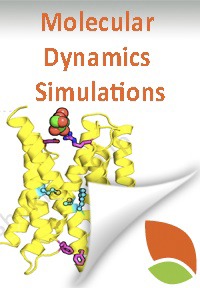Abstract

Structural biology has provided valuable insights and high-resolution views of the biophysical processes in plants, such as photosynthesis, hormone signaling, nutrient transport, and toxin efflux. However, structural biology only provides a few “snapshots” of protein structure, whereas in vivo, protein function involves complex dynamical processes such as ligand binding and conformational changes that structures alone are unable to capture in full detail. Here, we present all-atom molecular dynamics (MD) simulations as a “computational microscope” that can be used to capture detailed structural and dynamical information about the molecular machinery in plants and gain high-resolution insights into plant growth and function. In addition to the background information provided here, we have prepared a set of tutorials that allow students to run and explore MD simulations of plant proteins.
(Posted December 10, 2019)
Click HERE to access Teaching Tools Components
RECOMMENDED CITATION STYLE:
Feng, J., Chen, J., Selvam, B., and Shukla, D. (December 10, 2019). Computational microscopy: Revealing molecular mechanisms in plants using molecular dynamics simulations. Teaching Tools in Plant Biology: Lecture Notes. The Plant Cell (online), doi/ /10.1105/tpc.tt1219


